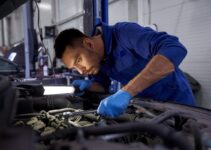Cars, like humans, often communicate through sounds. When your vehicle starts making unfamiliar noises, it’s usually trying to tell you something important about its condition. Curious about what those mysterious clunks, squeaks, and rattles might be signaling? Here’s a guide to decoding your car’s symphony and what those noises could mean.
1. Squealing Brakes: Time for New Brake Pads
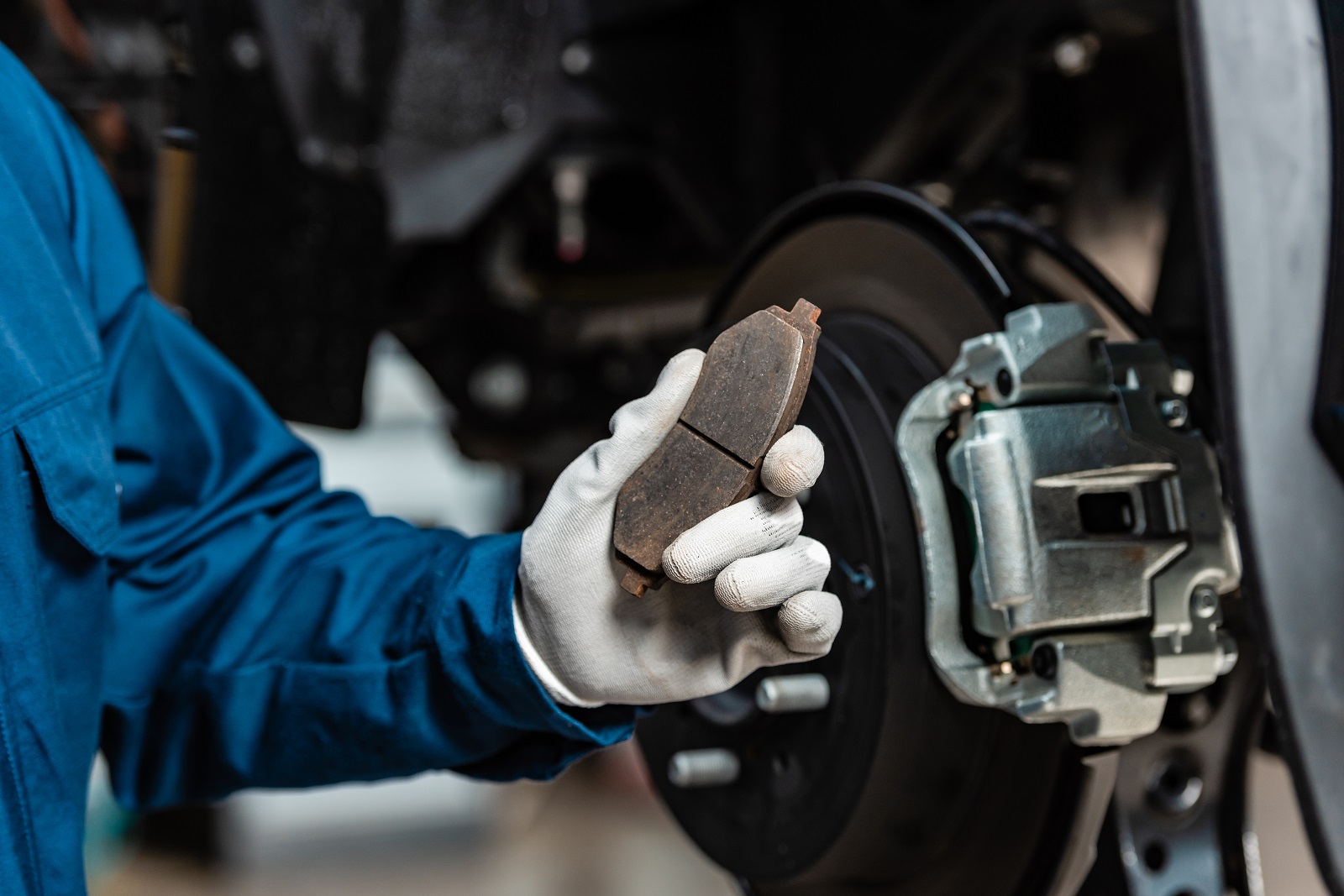
Image Credit: Shutterstock / LightField Studios
A high-pitched squeal when you apply the brakes typically indicates that your brake pads are worn out. Most brake pads have a built-in wear indicator that creates this noise as a warning. Ignoring it can lead to further damage to your brake rotors, so it’s best to replace the pads promptly.
2. Grinding Gears: Transmission Troubles
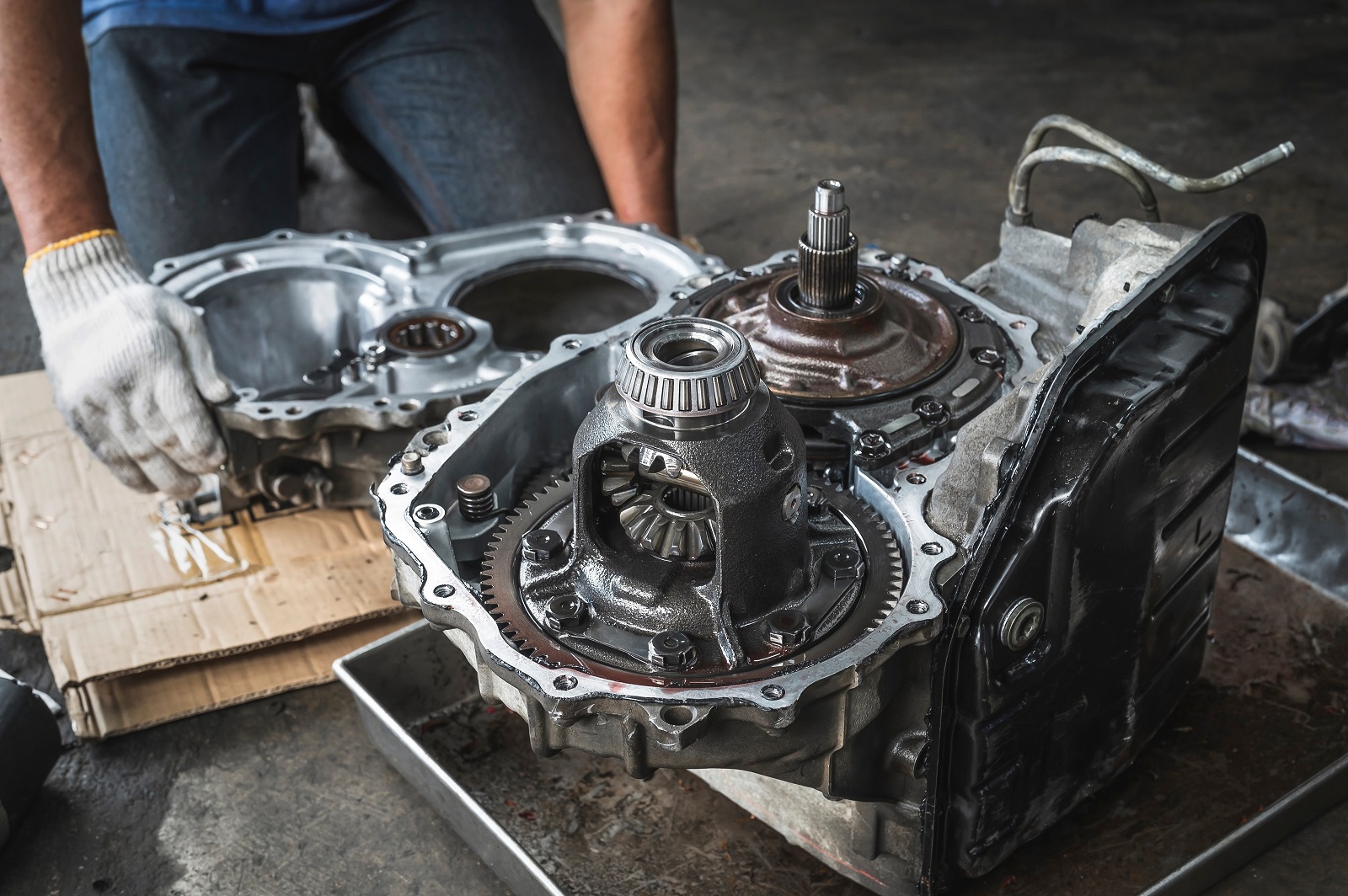
Image Credit: Shutterstock / Setta Sornnoi
If you hear grinding noises when shifting gears, it often points to issues with your transmission. This could be due to low transmission fluid, worn-out gears, or a problem with the clutch. Addressing transmission issues early can prevent costly repairs down the road.
3. Knocking Engine: Serious Engine Problems
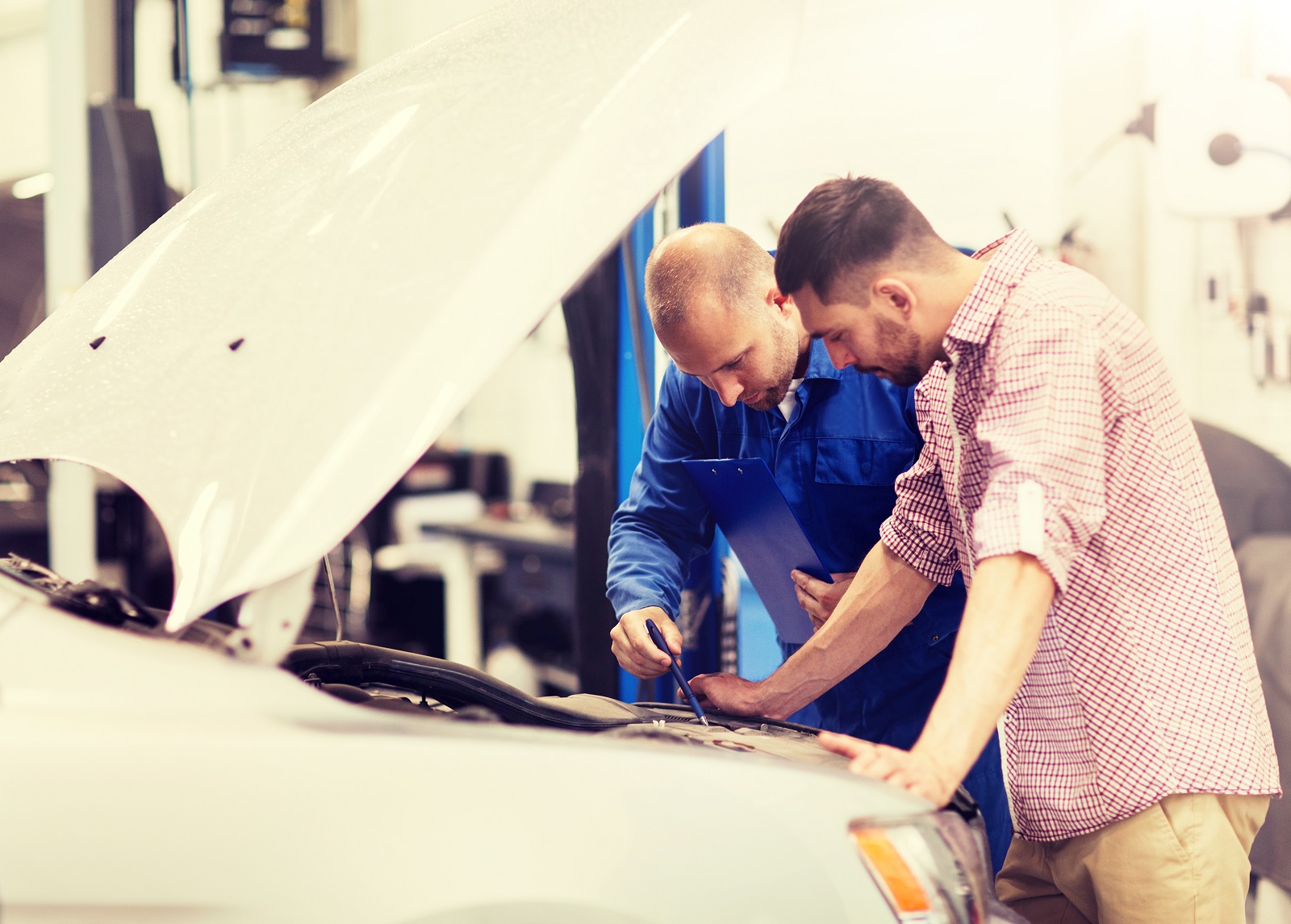
Image Credit: Shutterstock / Ground Picture
A knocking or pinging sound from the engine, especially under acceleration, might indicate a problem with the engine’s combustion process. This could be due to incorrect fuel octane levels, poor engine timing, or internal engine damage. It’s crucial to have this checked immediately to avoid severe engine damage.
4. Hissing Noise: Cooling System Leak
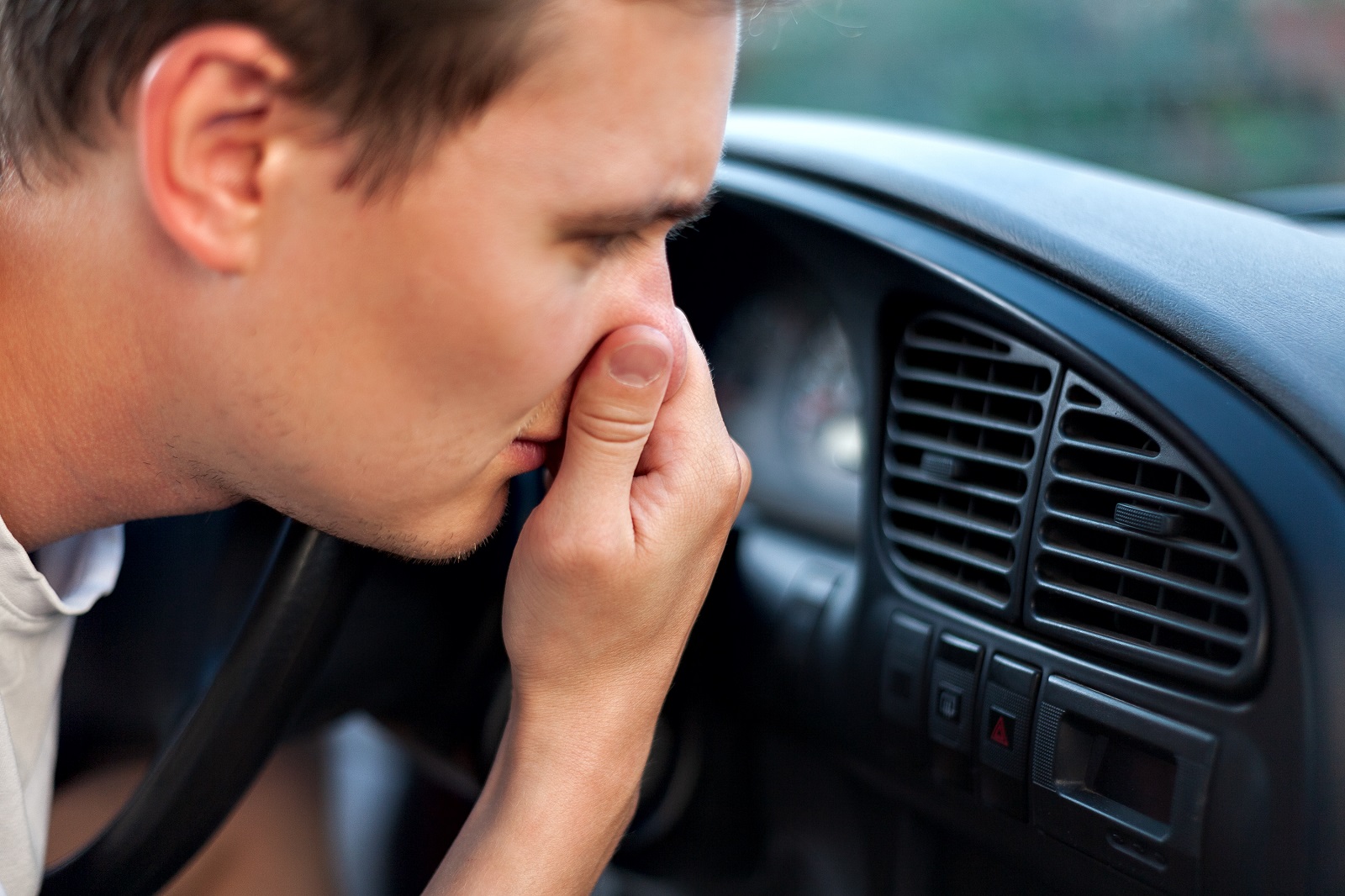
Image Credit: Shutterstock / daniiD
A hissing sound coming from under the hood can be a sign of a cooling system leak, often from a damaged radiator or a loose hose. This noise usually accompanies steam or coolant smells, indicating that the engine is overheating. It’s important to address cooling system issues quickly to prevent engine damage.
5. Rattling Noise: Loose Exhaust Components
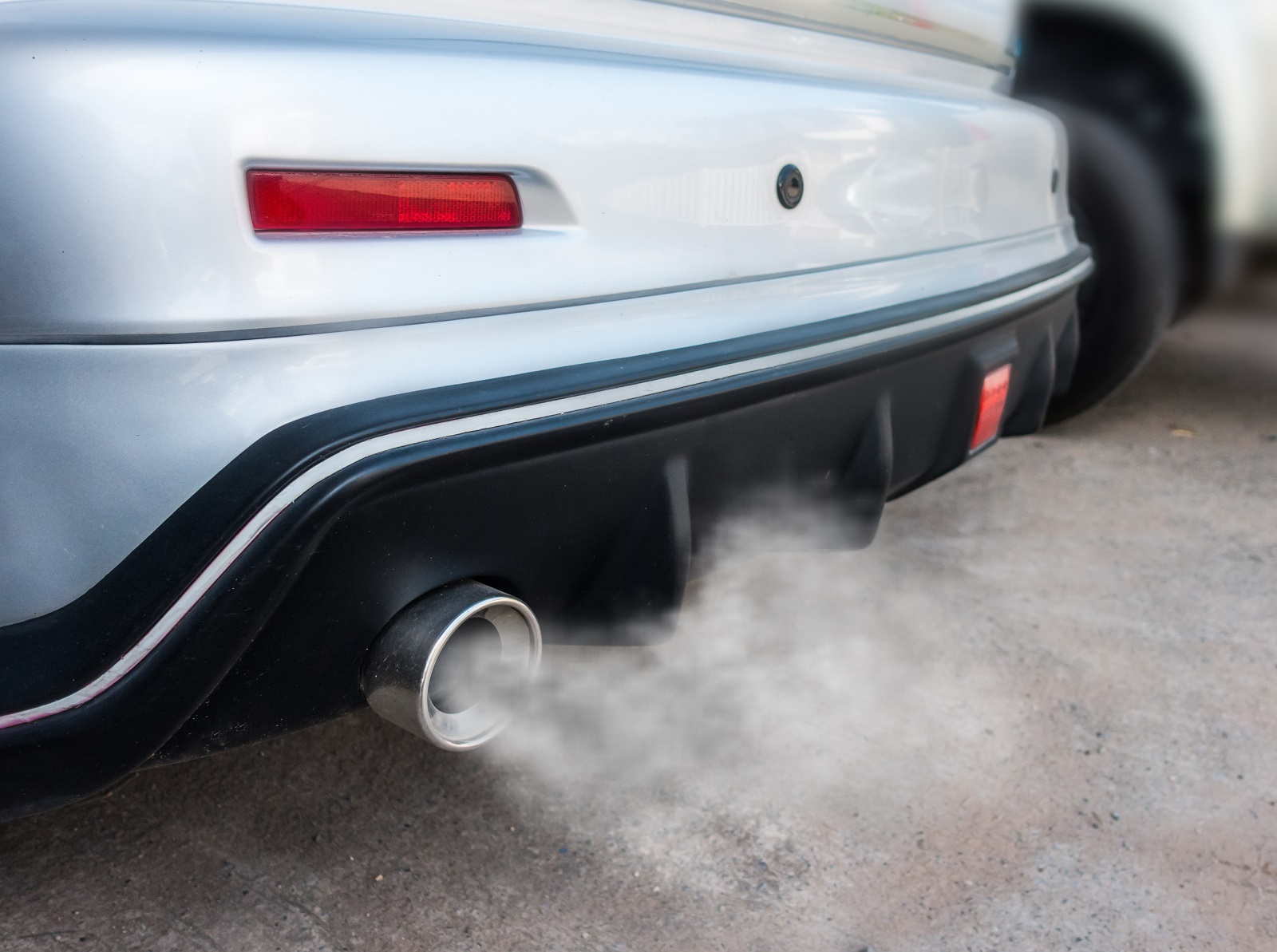
Image Credit: Shutterstock / Ody_Stocker
If you hear a rattling noise, especially when accelerating or idling, it might be due to loose or damaged exhaust components. This could involve the heat shield, catalytic converter, or muffler. Fixing or replacing the affected parts can restore normal operation and prevent further issues.
6. Whining Noise: Power Steering Problems

Image Credit: Shutterstock / Dima Aletskyi
A whining or whining noise when turning the steering wheel could indicate a problem with the power steering system. This might be due to low power steering fluid or a failing pump. Regularly checking and maintaining the power steering fluid can help avoid these issues.
7. Clicking Noise: CV Joint Issues
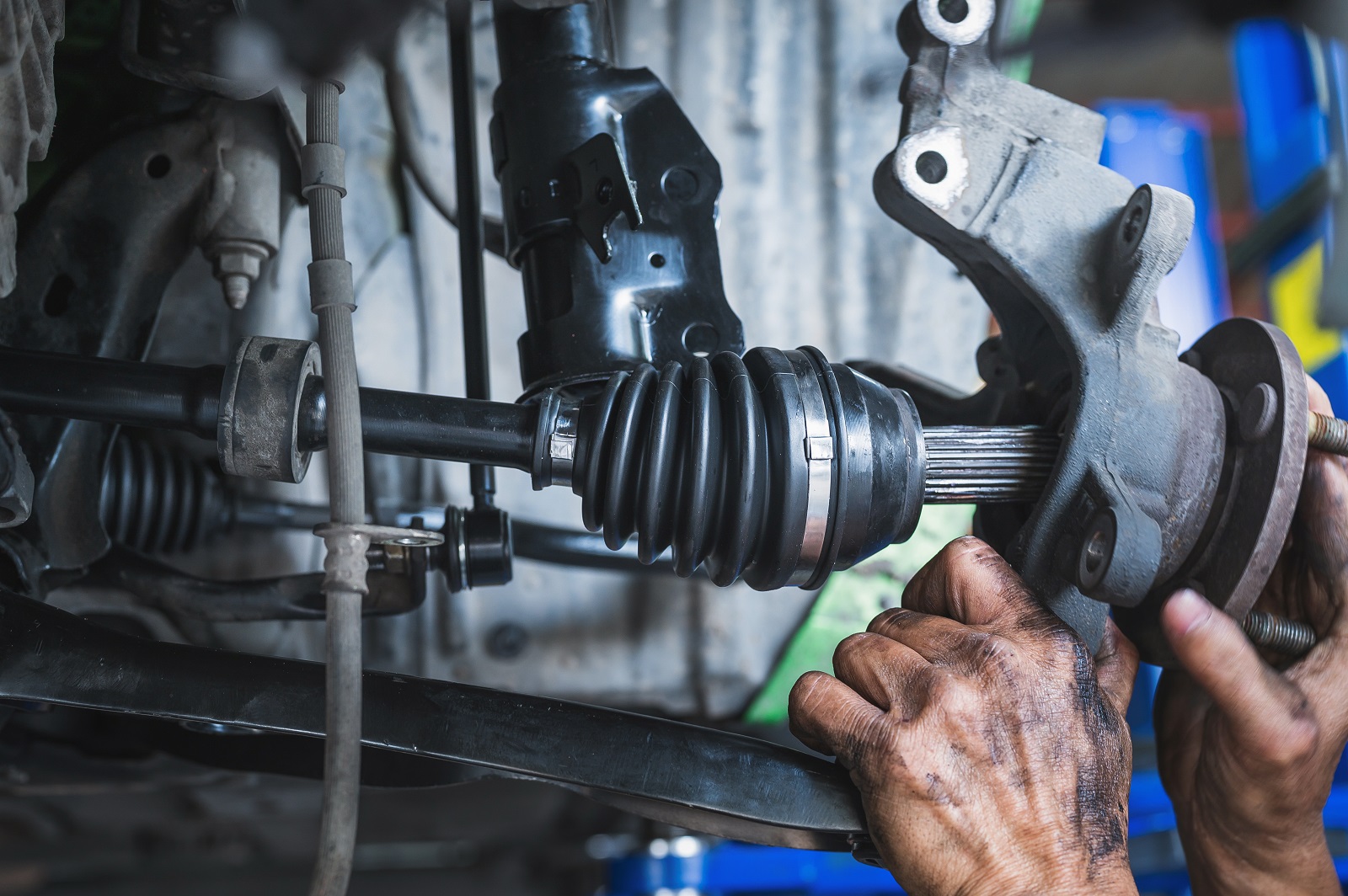
Image Credit: Shutterstock / Setta Sornnoi
A clicking noise when turning sharply often points to a problem with the Constant Velocity (CV) joints. These joints are crucial for transferring power from the engine to the wheels while allowing for movement. Replacing worn CV joints can prevent more significant drivetrain issues.
8. Clunking Sound: Suspension Problems

Image Credit: Shutterstock / KONSTANTIN_SHISHKIN
A clunking sound when driving over bumps or during sudden stops may indicate worn-out suspension components, such as struts or control arm bushings. These parts absorb shocks and maintain vehicle stability, so addressing suspension issues can enhance driving safety and comfort.
9. Popping Sound: Air Intake Issues

Image Credit: Shutterstock / Susan Law Cain
A popping or backfiring sound from the engine could suggest problems with the air intake system or fuel mixture. This could be due to a clogged air filter or a malfunctioning fuel injector. Proper maintenance and timely repairs can ensure optimal engine performance.
10. Squeaky Belts: Worn Serpentine or Timing Belts
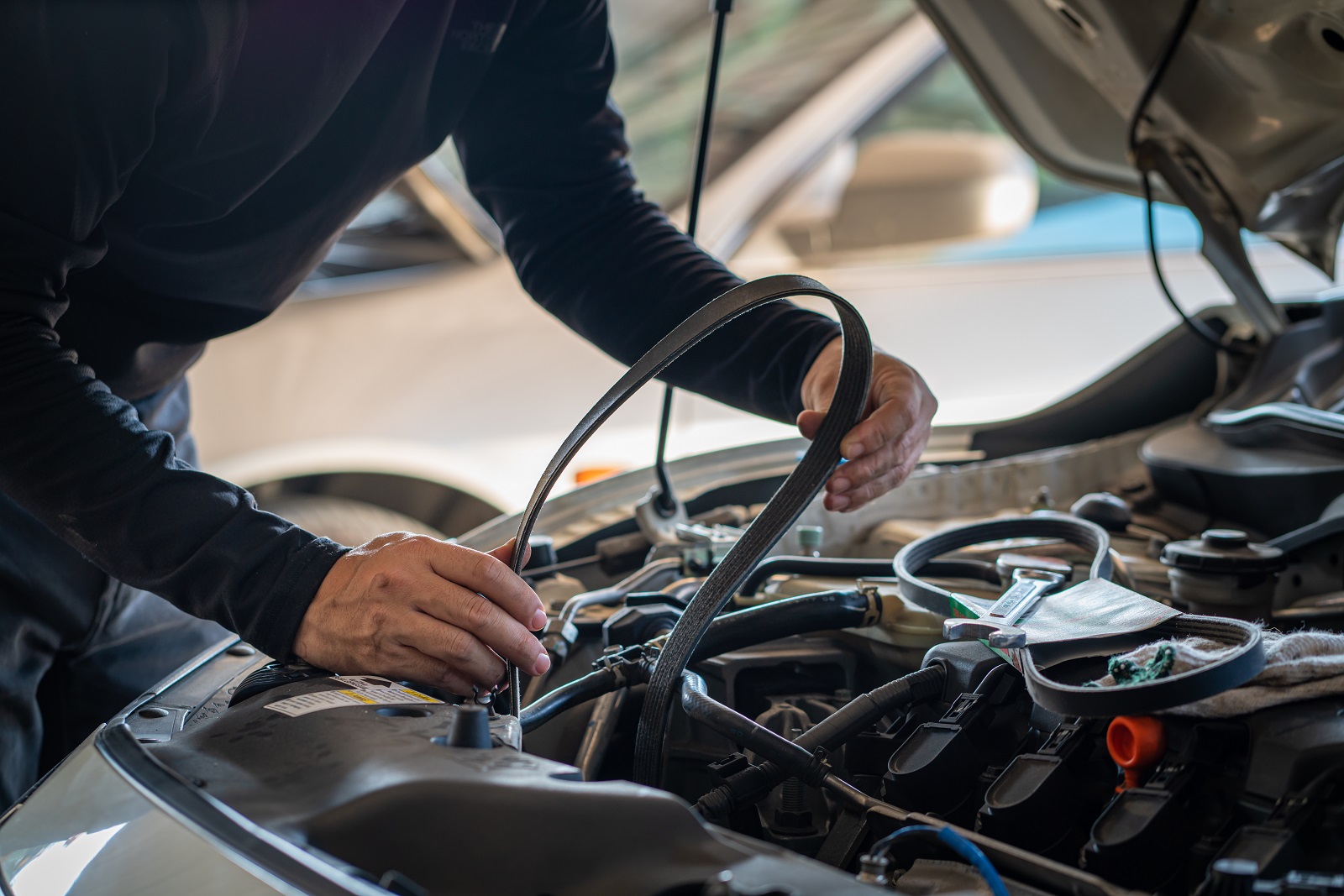
Image Credit: Shutterstock / kanemme6
A squeaking or chirping noise, especially during startup or acceleration, might be a sign of worn serpentine or timing belts. These belts drive various engine components and should be replaced as per the manufacturer’s recommendations to avoid belt failure and engine damage.
11. Thumping Noise: Tire Issues
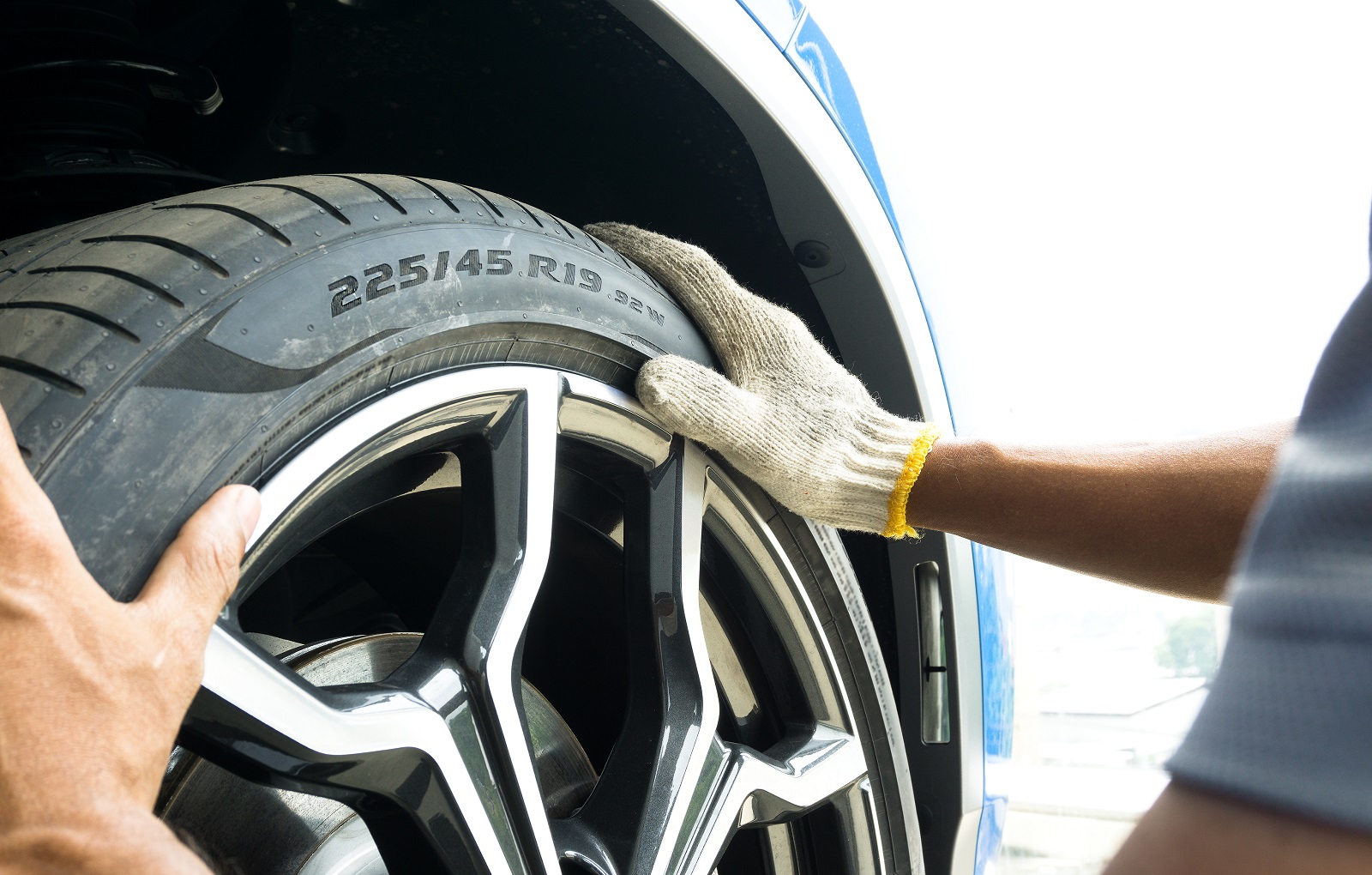
Image Credit:Shutterstock / Smile Fight
A rhythmic thumping noise while driving could indicate problems with your tires, such as uneven wear, a flat spot, or a puncture. Regular tire inspections and proper alignment can help identify and address these issues before they worsen.
12. High-Pitched Whine: Alternator Problems
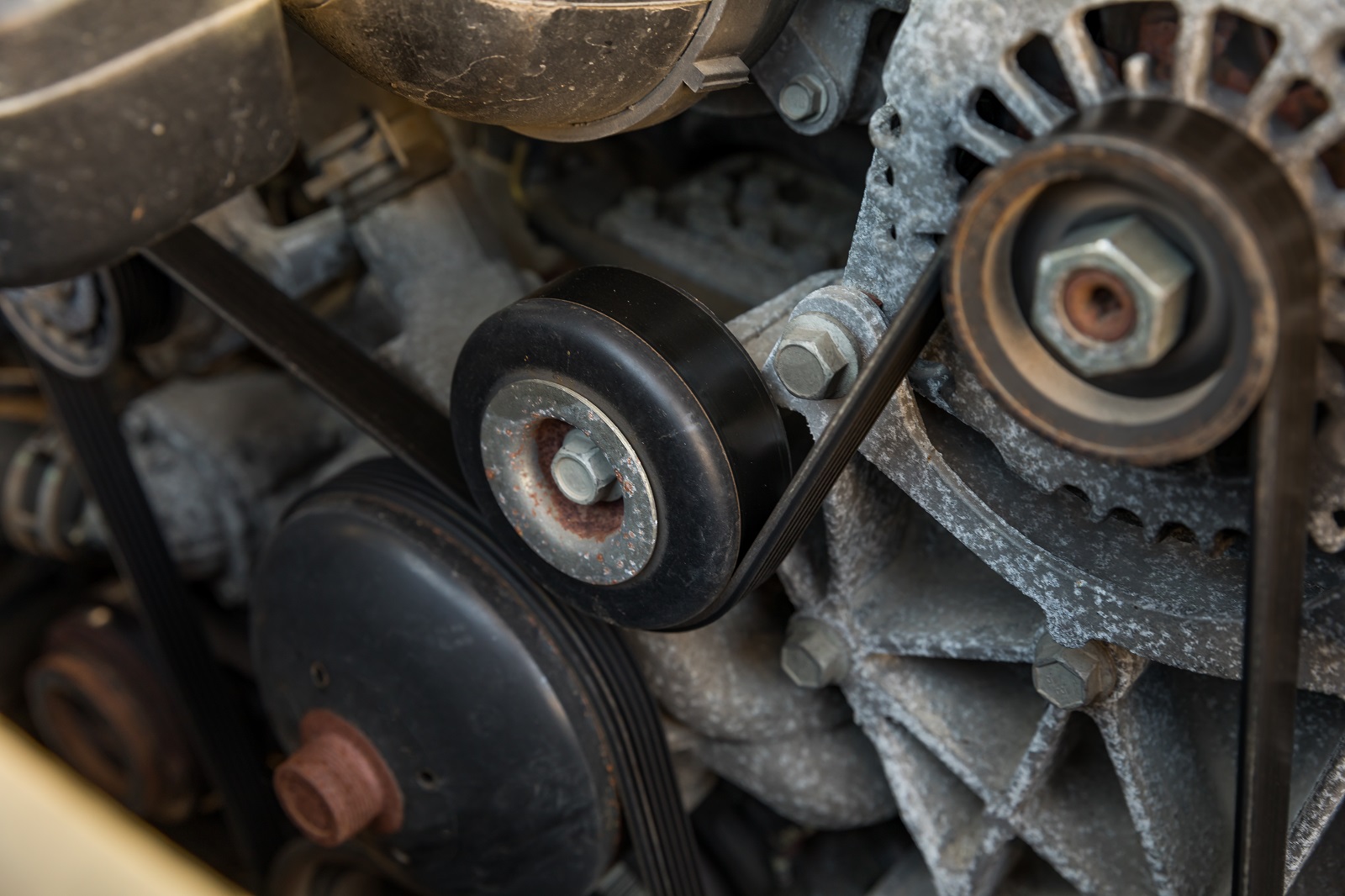
Image Credit: Shutterstock / J.J. Gouin
A high-pitched whine or squeal that increases with engine speed could be related to the alternator. This noise might be caused by a worn-out alternator bearing or a loose serpentine belt. Replacing or repairing the alternator can prevent electrical system failures.
13. Whooshing Sound: Air Leaks
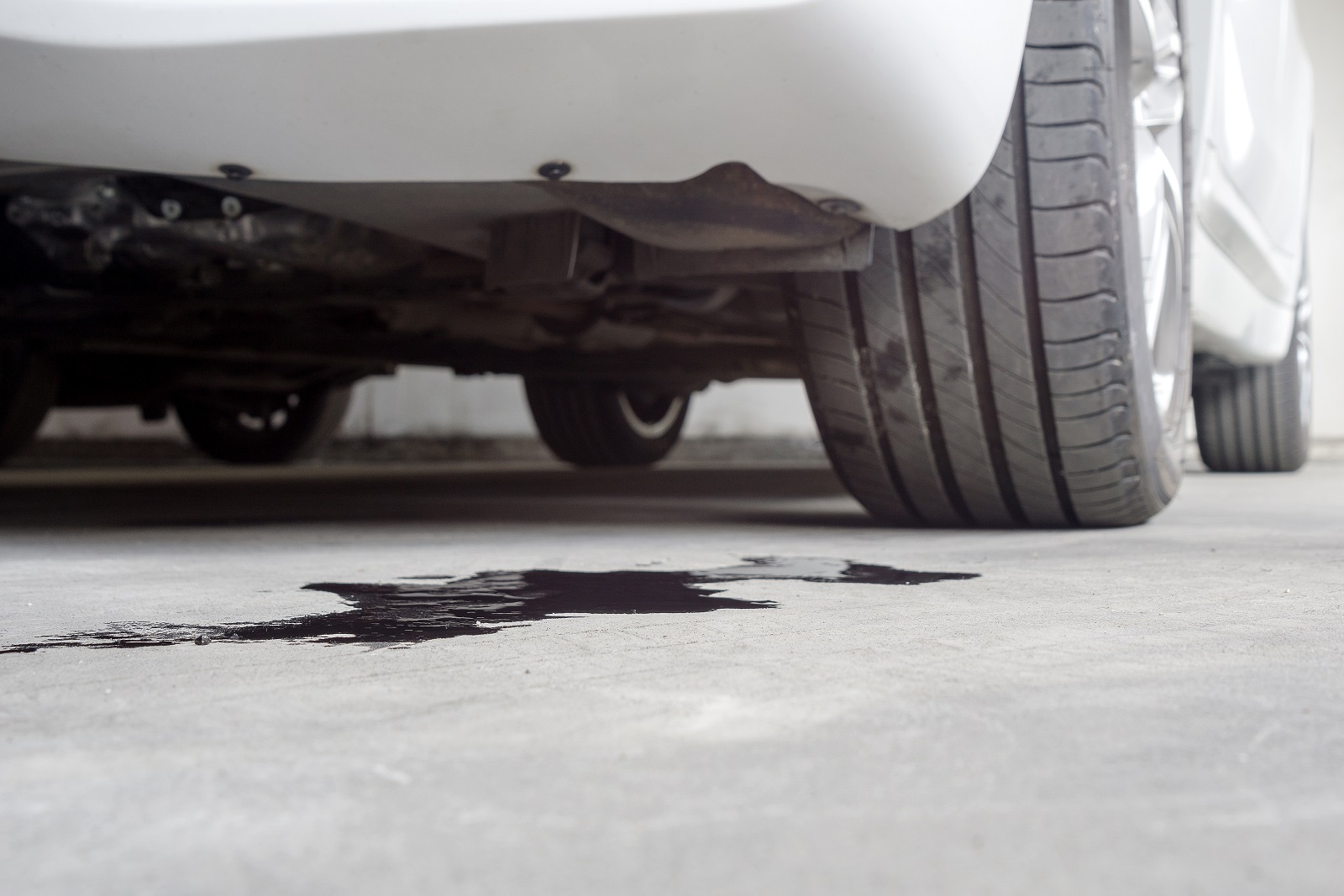
Image Credit:Shutterstock / Smile Fight
A whooshing or rushing sound while driving can be a sign of air leaks in the engine or the cabin. Common sources include loose or cracked vacuum hoses or damaged door seals. Identifying and fixing these leaks can improve vehicle performance and fuel efficiency.
14. Rumbling Noise: Engine Mount Issues

Image Credit: Shutterstock / NDAB Creativity
A rumbling or shaking noise, particularly during acceleration or idling, might indicate problems with the engine mounts. Engine mounts secure the engine to the vehicle’s frame and absorb vibrations. Replacing faulty mounts can restore smooth operation and prevent further damage.
15. Fluttering Noise: Fuel Pump Problems
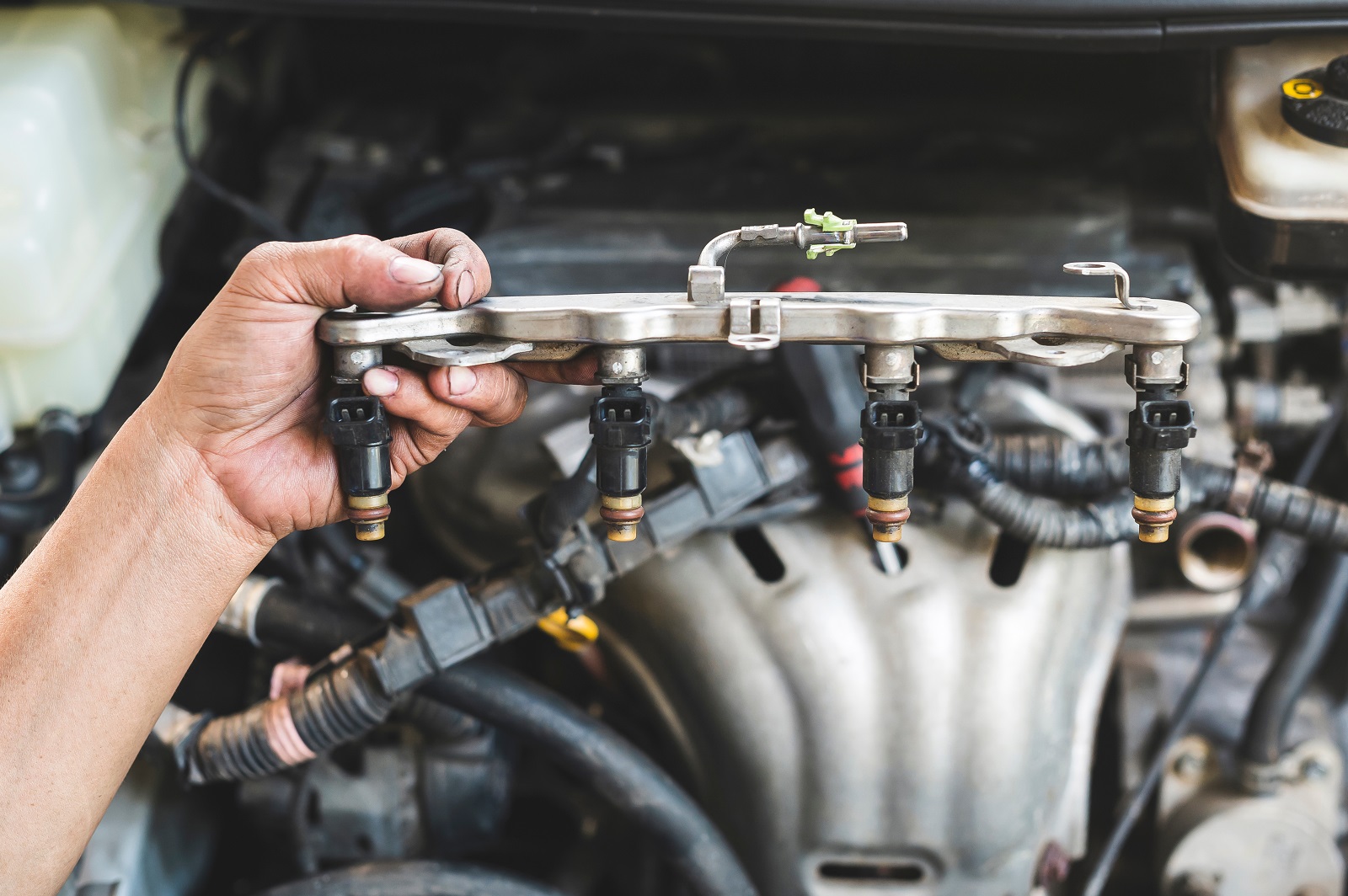
Image Credit: Shutterstock / Setta Sornnoi
A fluttering or whining noise from the rear of the vehicle could point to issues with the fuel pump. This noise might indicate a failing fuel pump or a clogged fuel filter. Regular maintenance and prompt repairs can ensure reliable fuel delivery and engine performance.
16. Banging Noise: Rod or Bearing Failures
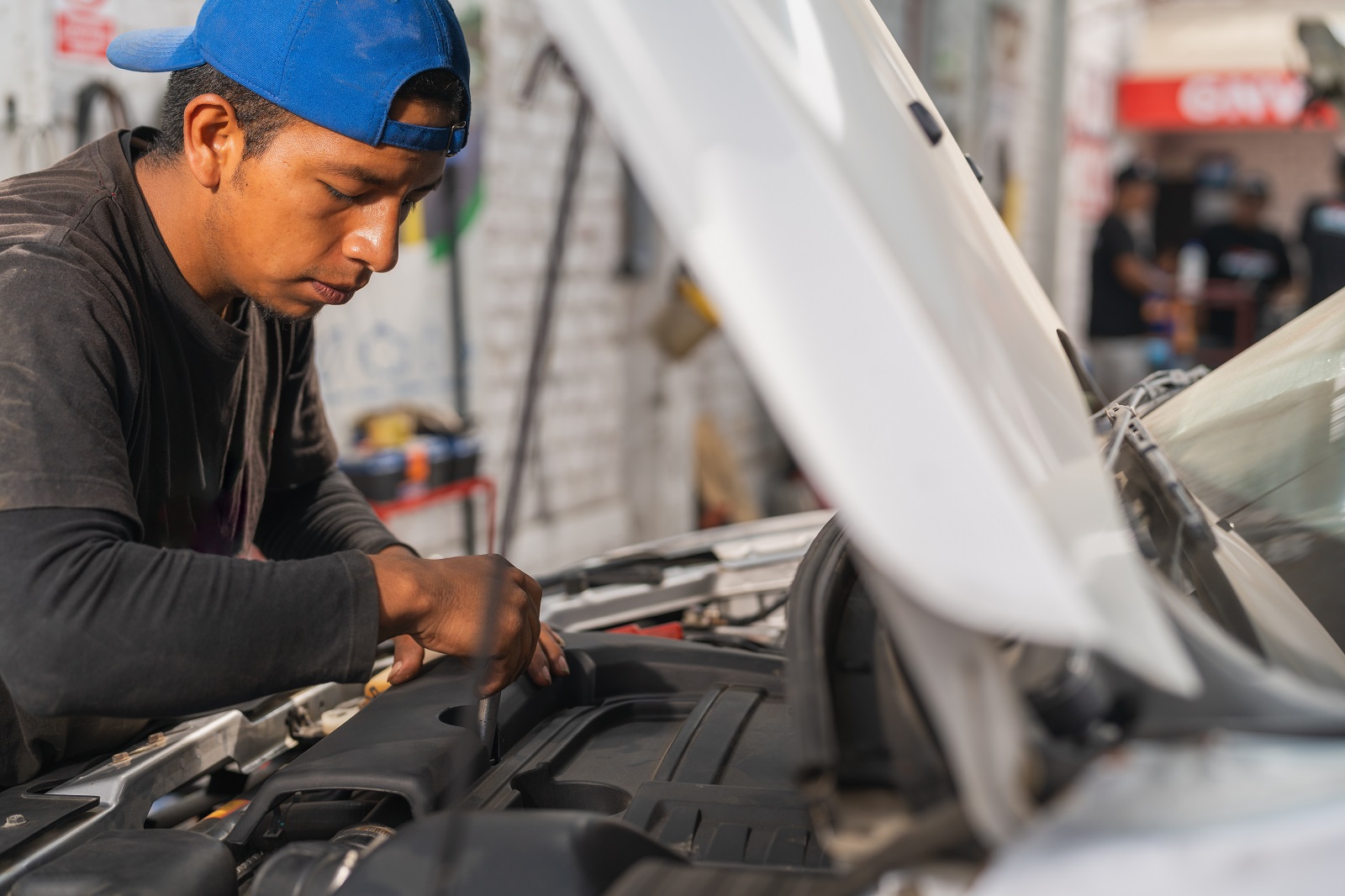
Image Credit: Shutterstock / Guillermo Spelucin R
A loud banging or knocking noise from the engine could be a sign of severe rod or bearing failures. This issue often indicates significant internal engine damage and requires immediate attention. Continuing to drive with this noise can lead to complete engine failure.
17. Rattling Under the Hood: Loose or Broken Engine Parts
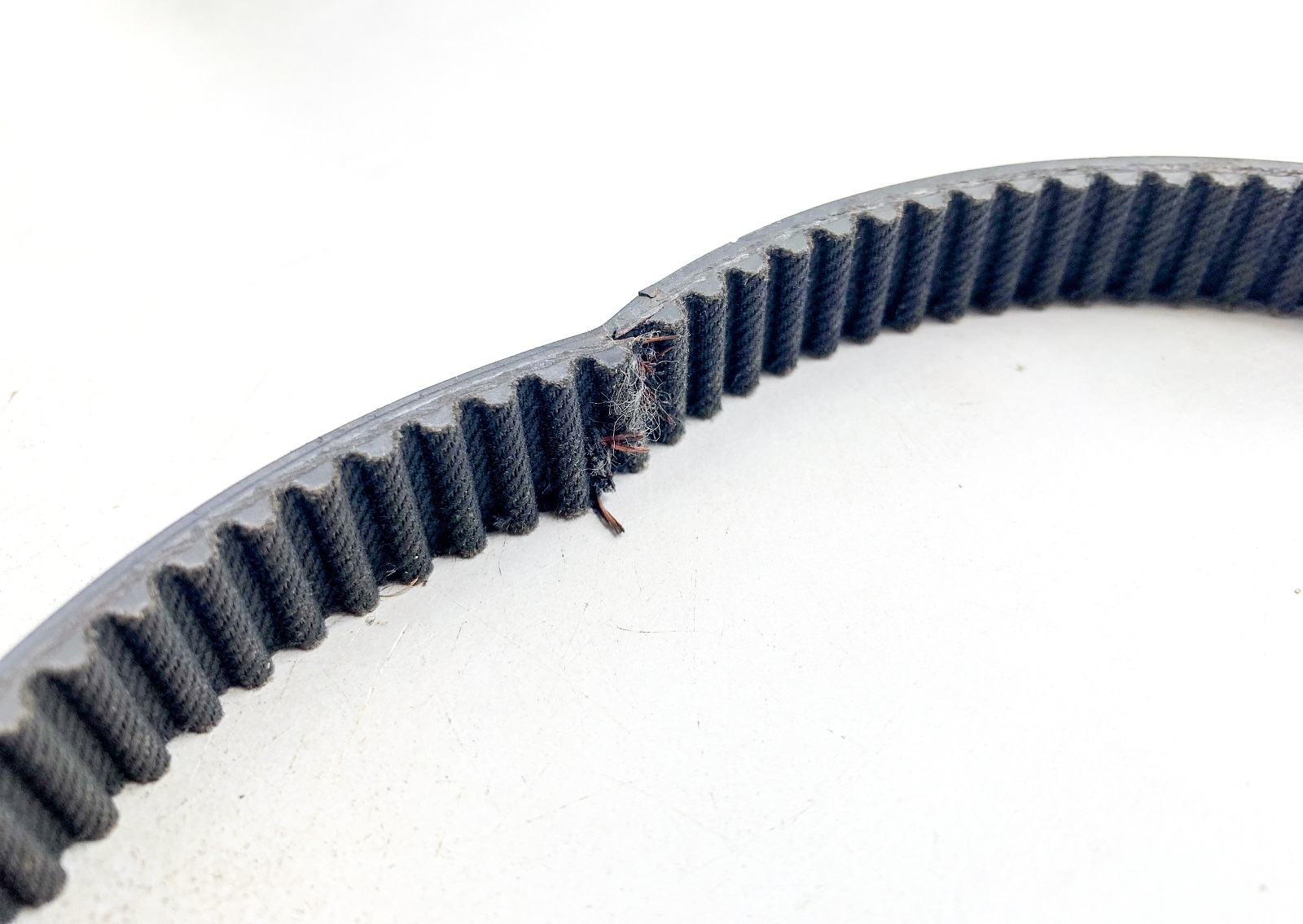
Image Credit: Shutterstock / Fauzi Muda
A rattling noise from under the hood might suggest loose or broken engine parts, such as a loose timing chain or a damaged engine cover. Addressing these issues can prevent more serious engine problems and ensure smooth vehicle operation.
18. Clicking Sound from the Dashboard: Electrical Issues
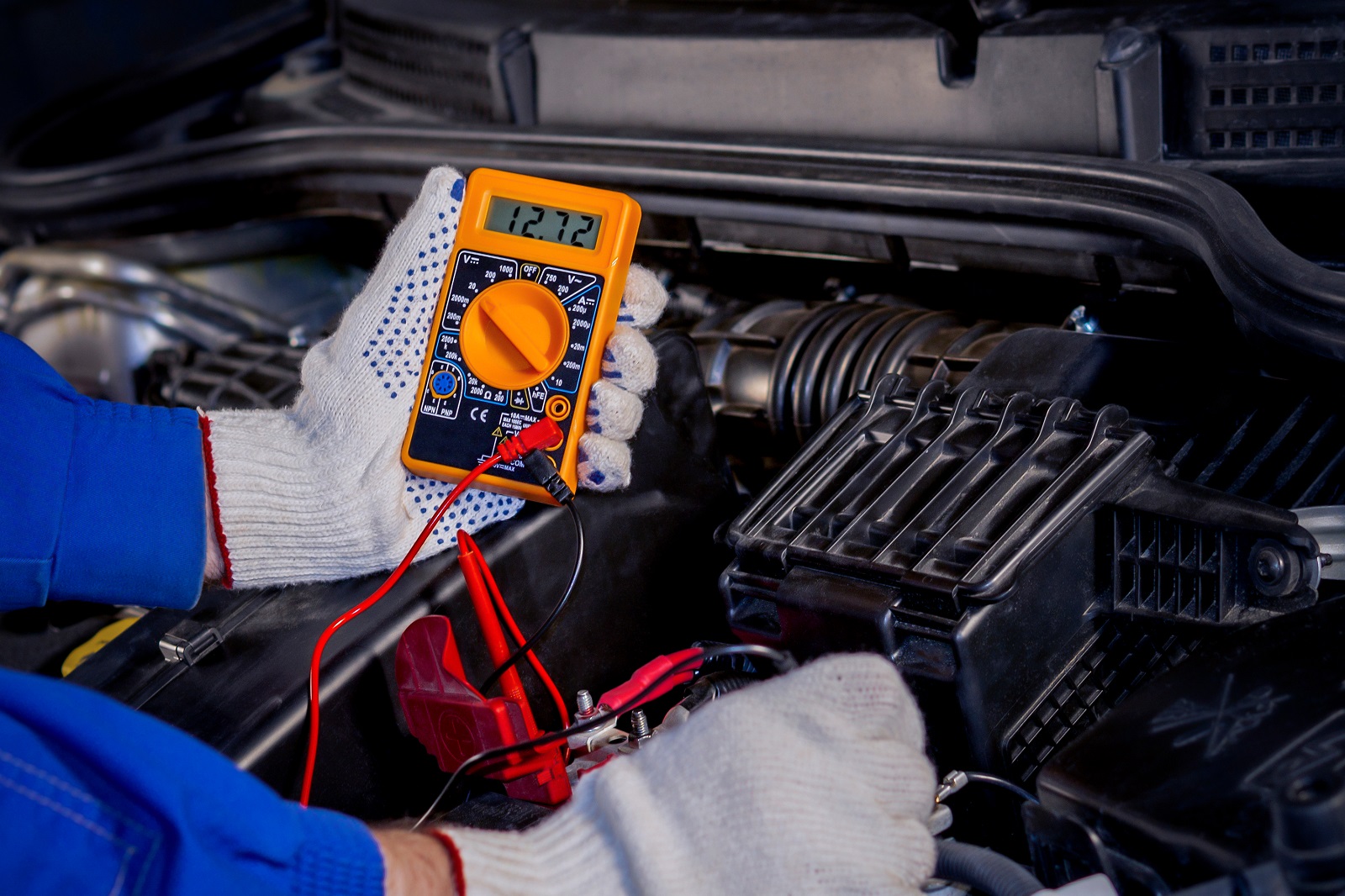
Image Credit: Shutterstock / 63ru78
A clicking sound coming from the dashboard could be related to electrical issues, such as a malfunctioning relay or a problem with the fuse box. Regular electrical system checks can help identify and address these issues before they affect vehicle operation.
19. Gurgling Noise: Heater Core Problems
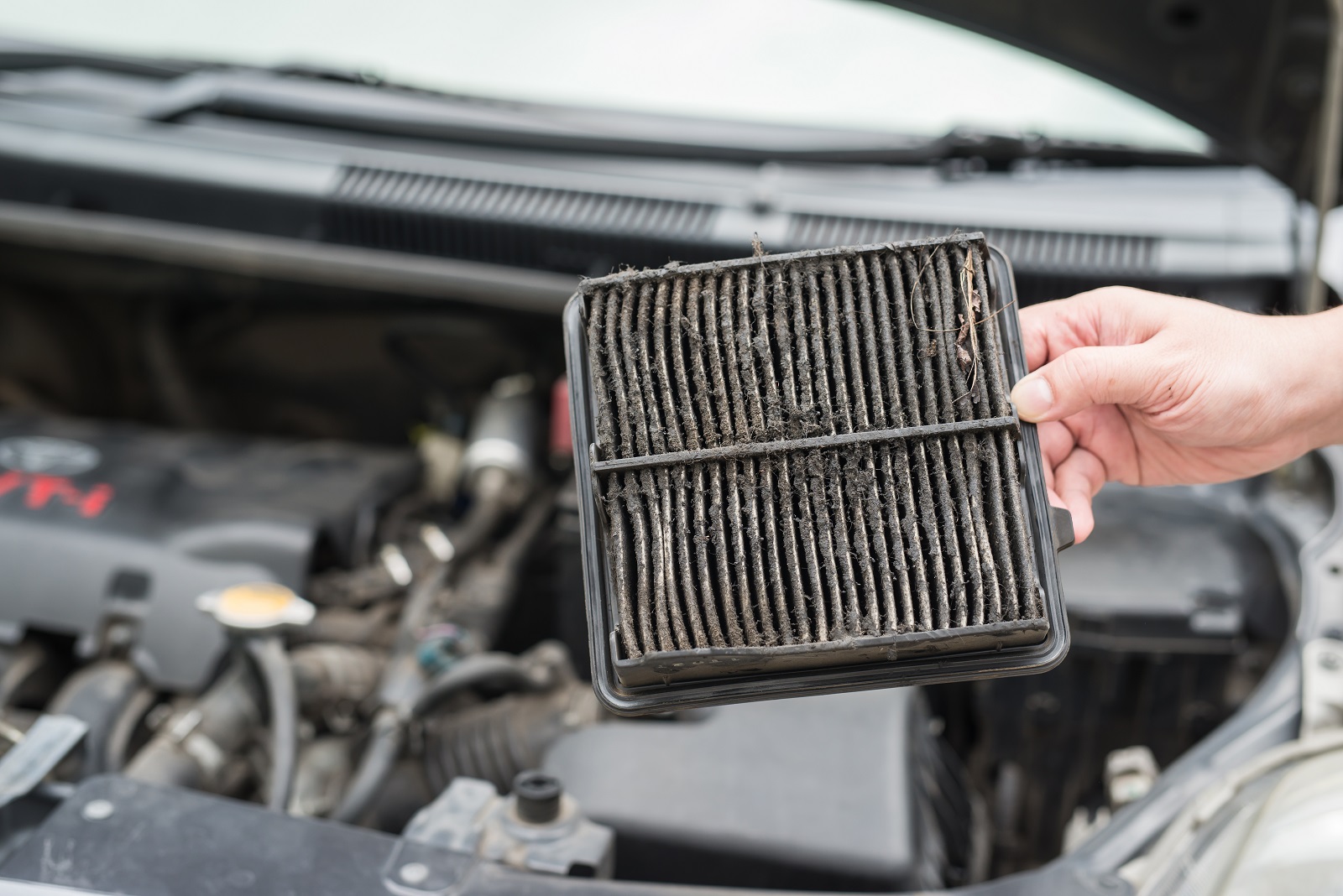
Image Credit: Shutterstock / ANURAK PONGPATIMET
A gurgling noise from the dashboard, especially when using the heater, might indicate problems with the heater core. This could be due to air trapped in the cooling system or a failing heater core. Addressing heater core issues can prevent overheating and ensure proper cabin heating.
20. Humming Noise: Wheel Bearings or Differentials
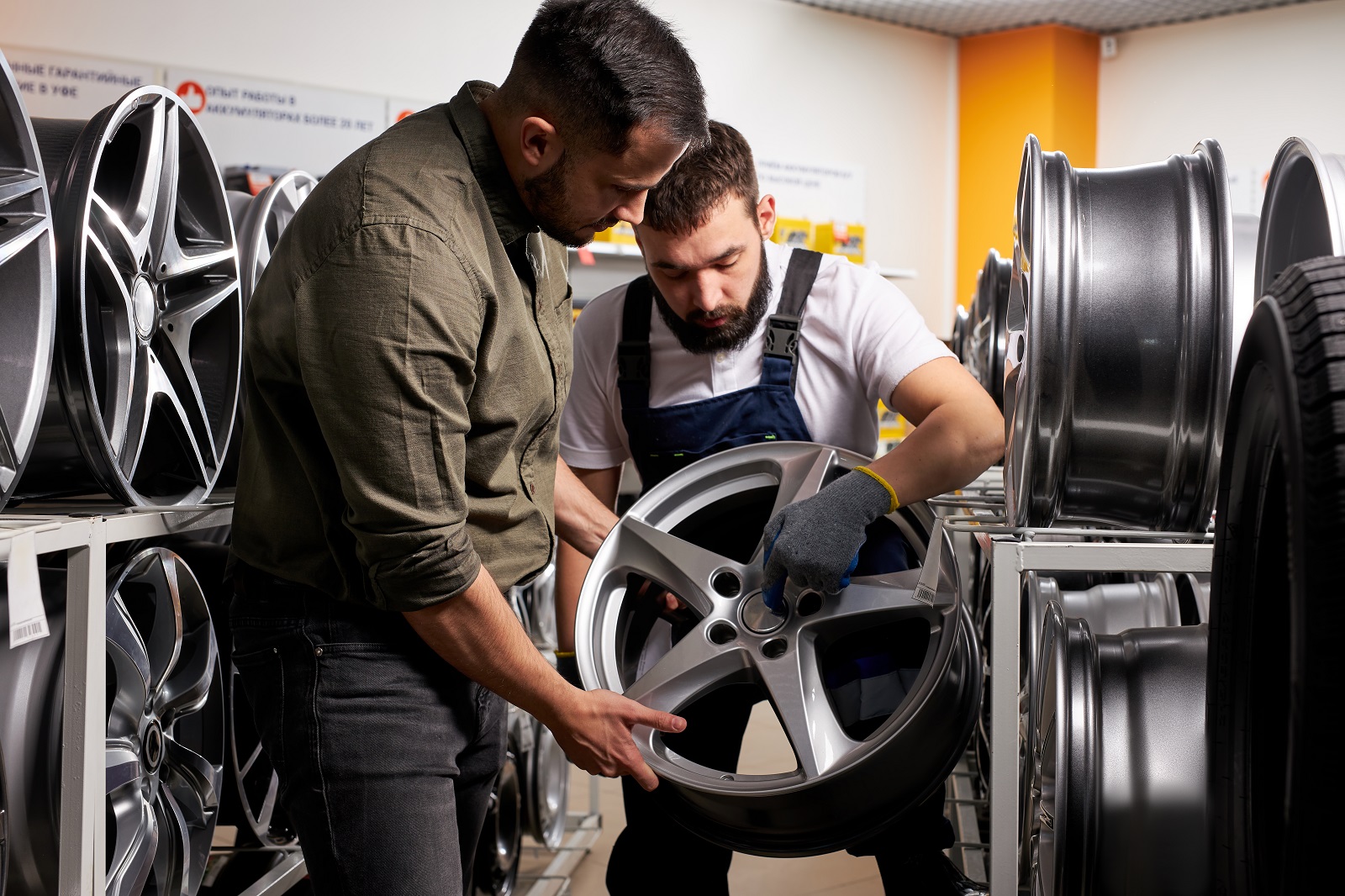
Image Credit: Shutterstock / UfaBizPhoto
A constant humming noise that increases with speed could point to problems with wheel bearings or differentials. This noise often indicates wear or damage that requires immediate repair. Regular inspections can help identify and address these issues before they lead to more significant problems.
Tune In to Your Car’s Signals
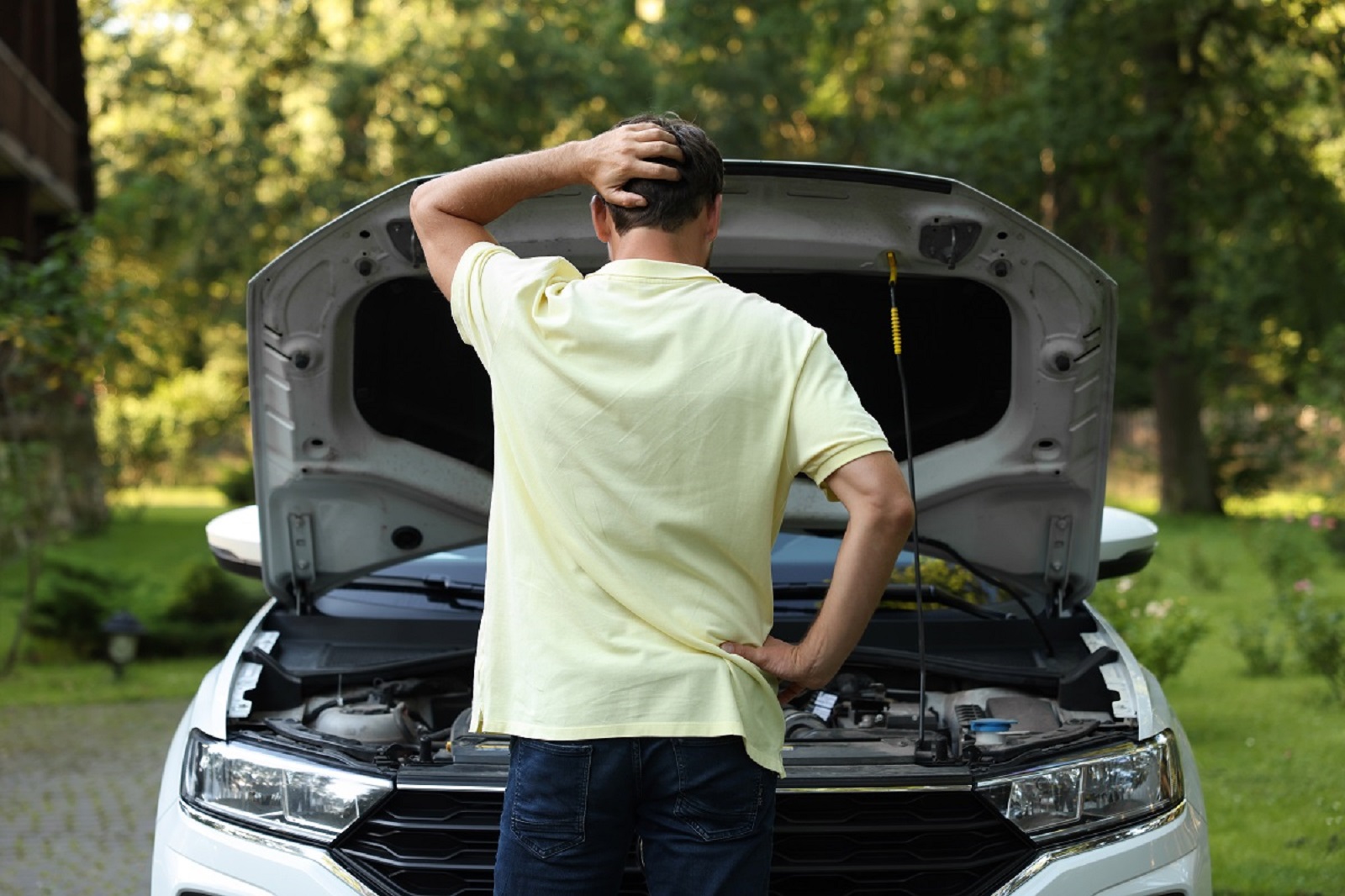
Image Credit: Shutterstock / New Africa
Understanding the noises your car makes can help you address potential issues before they become major problems. By paying attention to these sounds and acting promptly, you can ensure your vehicle remains in top condition and avoid costly repairs. So, the next time your car starts talking, make sure you’re listening.
Police Magnet: 7 Cars That Guarantee You’ll Get Pulled Over
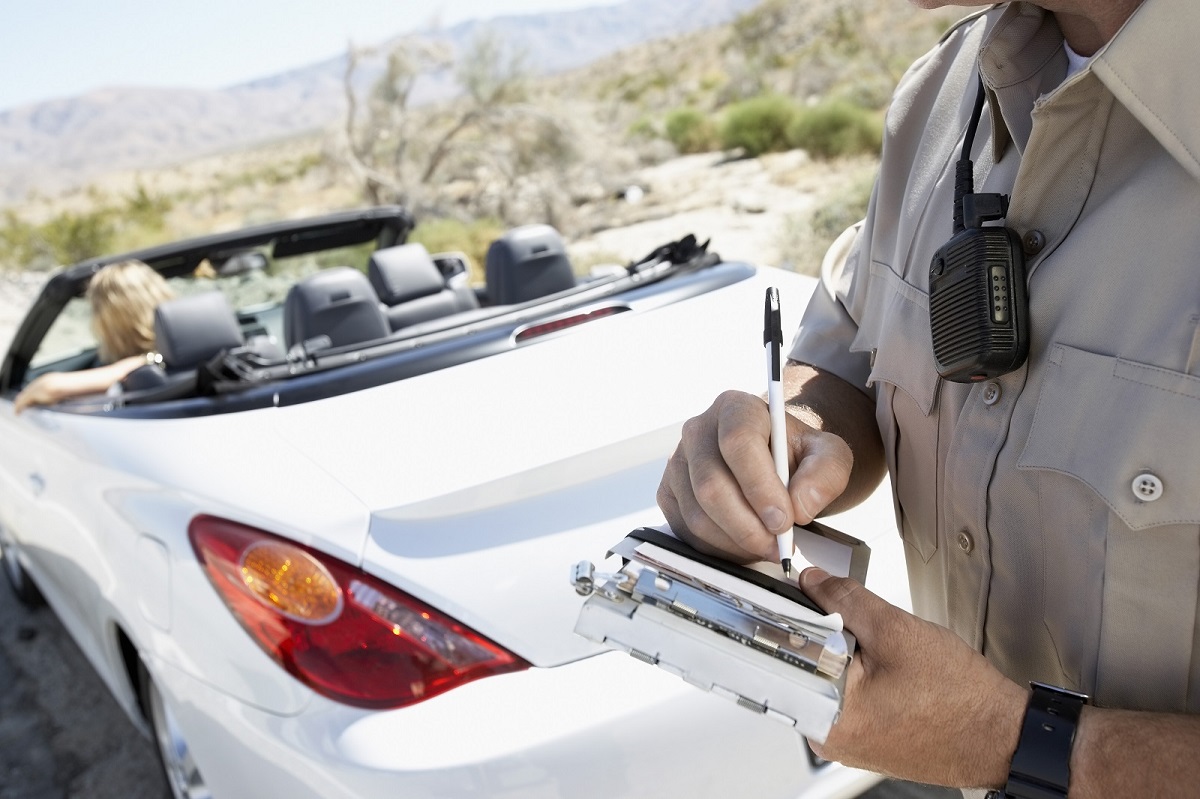
Image Credit: Shutterstock / sirtravelalot
Driving certain cars can make you more noticeable to law enforcement, even if you’re abiding by all the rules. Are you driving one of these “police magnets”? Here are seven cars that seem to attract more police attention than others. Police Magnet: 7 Cars That Guarantee You’ll Get Pulled Over
The Classic Cars That Were Total Clunkers
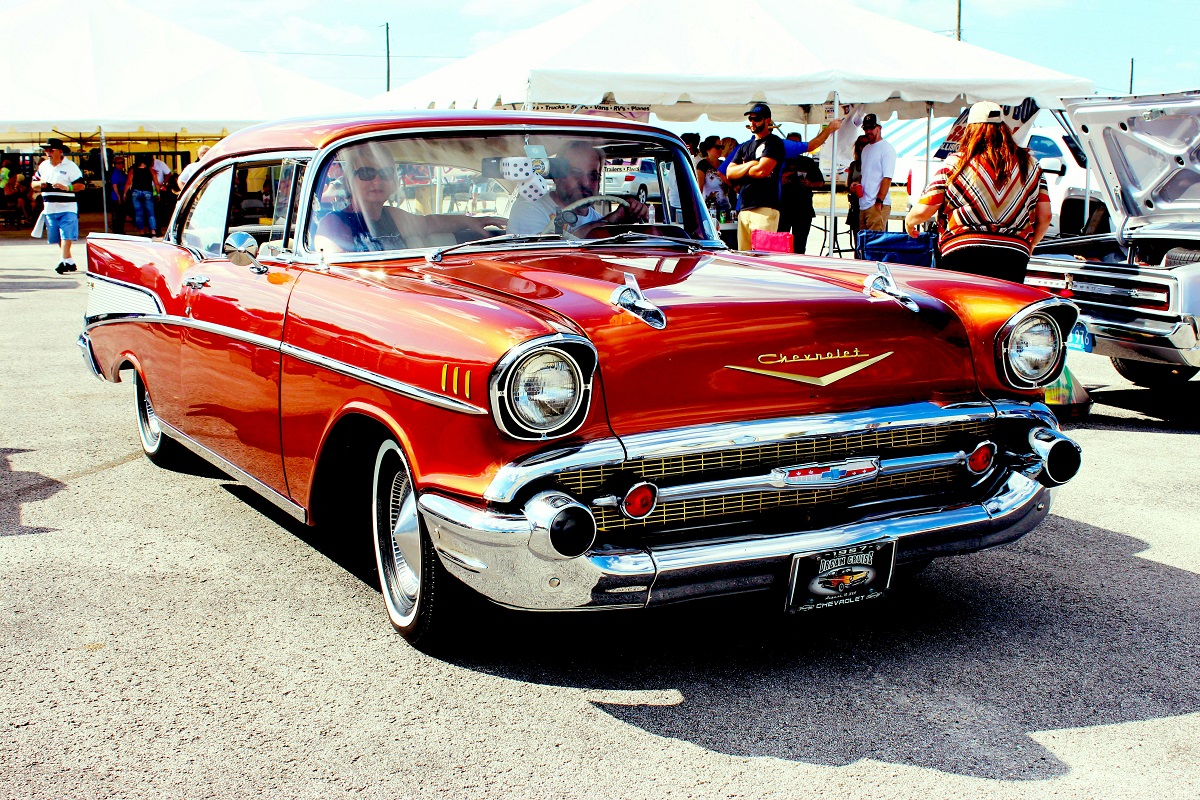
Image Credit: Pexels / Pixabay
Nostalgia has a funny way of making the past seem better than it was, especially when it comes to cars. But here’s the hard truth: some of those “classic” cars your dad raves about were real clunkers. Here’s a closer look at why some of those so-called “classics” weren’t all they were cracked up to be. The Classic Cars That Were Total Clunkers
The Worst U.S. Cars Ever Made: A Retro List
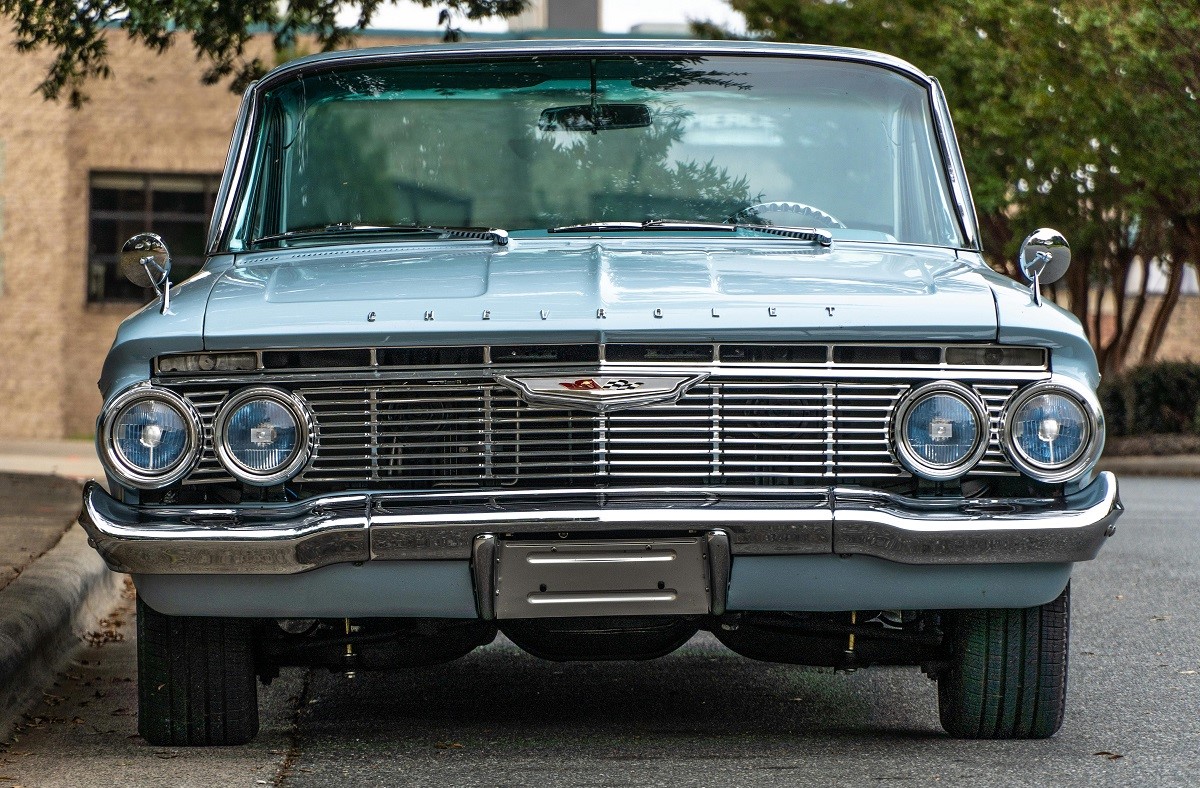
Image Credit: Pexels / Be The Observer
The U.S. auto industry has produced some incredible vehicles, but not every model was a hit. Here’s a look back at 16 of the worst cars ever made in the U.S., each infamous for its own unique flaws. The Worst U.S. Cars Ever Made: A Retro List
Featured Image Credit: Shutterstock / megaflopp.
For transparency, this content was partly developed with AI assistance and carefully curated by an experienced editor to be informative and ensure accuracy.
The images used are for illustrative purposes only and may not represent the actual people or places mentioned in the article.


